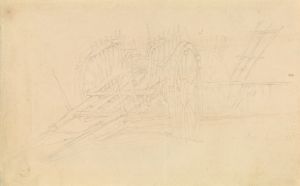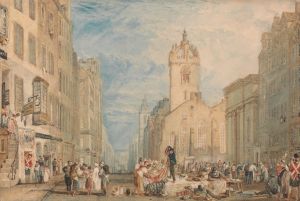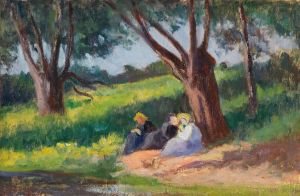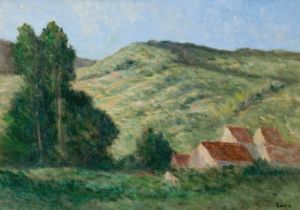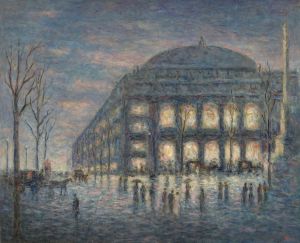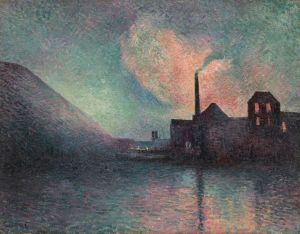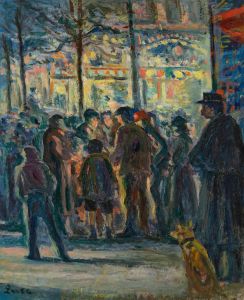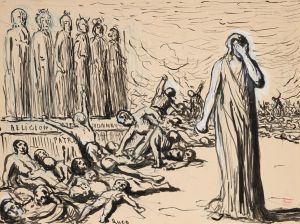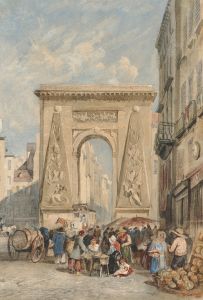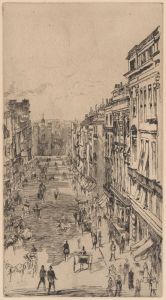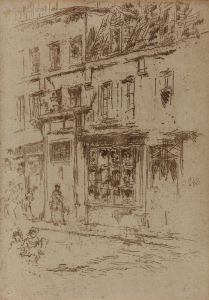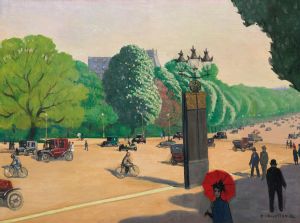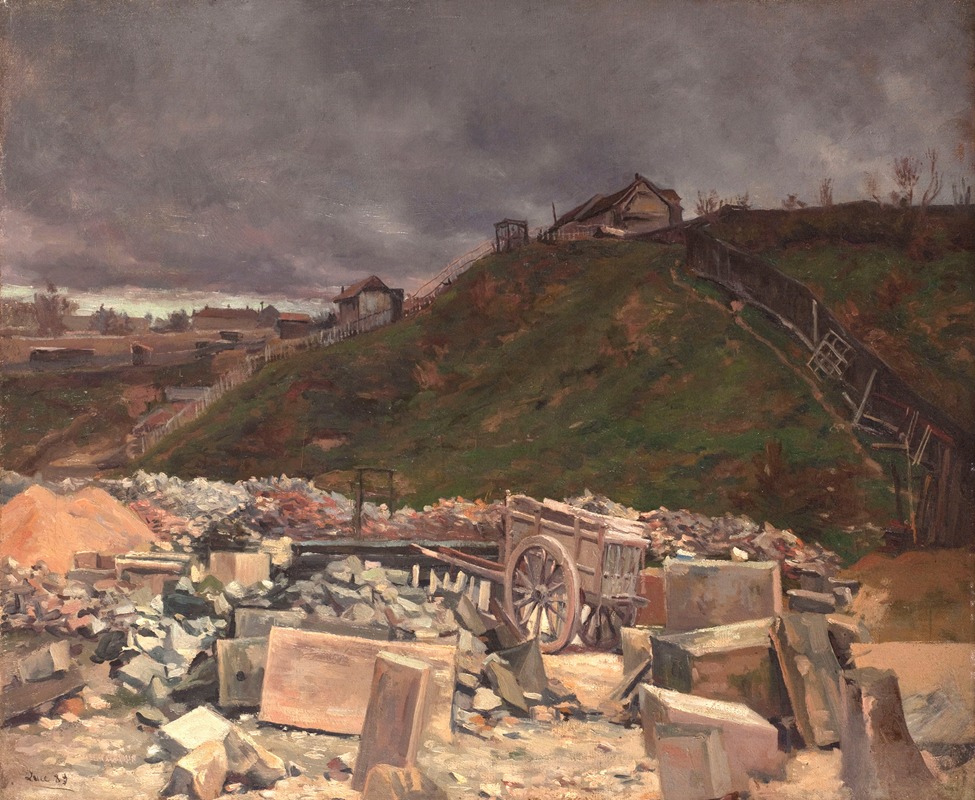
Dépôt de pavés à Montmartre [Paysage à la charrette]
A hand-painted replica of Maximilien Luce’s masterpiece Dépôt de pavés à Montmartre [Paysage à la charrette], meticulously crafted by professional artists to capture the true essence of the original. Each piece is created with museum-quality canvas and rare mineral pigments, carefully painted by experienced artists with delicate brushstrokes and rich, layered colors to perfectly recreate the texture of the original artwork. Unlike machine-printed reproductions, this hand-painted version brings the painting to life, infused with the artist’s emotions and skill in every stroke. Whether for personal collection or home decoration, it instantly elevates the artistic atmosphere of any space.
Maximilien Luce was a prominent French Neo-Impressionist artist known for his paintings, illustrations, and engravings. Born on March 13, 1858, in Paris, Luce became associated with the Neo-Impressionist movement, which was characterized by the use of pointillism—a technique involving the application of small, distinct dots of color to form an image. Luce's work often depicted scenes of urban life, landscapes, and social issues, reflecting his interest in both the beauty and the struggles of everyday life.
One of Luce's notable works is "Dépôt de pavés à Montmartre [Paysage à la charrette]," which translates to "Depot of Paving Stones at Montmartre [Landscape with Cart]." This painting captures a scene in Montmartre, a historic district in Paris known for its artistic community and vibrant street life. Montmartre was a popular subject for many artists during the late 19th and early 20th centuries, providing a rich tapestry of urban and rural elements.
In "Dépôt de pavés à Montmartre," Luce employs his characteristic Neo-Impressionist style, using a meticulous application of color to convey light and atmosphere. The painting depicts a cart laden with paving stones, set against the backdrop of Montmartre's hilly landscape. The use of color and light in the painting highlights the textures of the stones and the surrounding environment, creating a vivid sense of place.
Luce's choice of subject matter in this painting reflects his interest in the everyday scenes of Parisian life. The depiction of paving stones suggests a focus on the infrastructure and labor that underpin the city's vibrant life. This theme aligns with Luce's broader body of work, which often explored the lives of workers and the urban environment. His paintings frequently conveyed a sense of movement and activity, capturing the dynamic energy of the city.
Throughout his career, Luce was influenced by his associations with other artists and movements. He was a member of the Société des Artistes Indépendants, an organization that promoted independent exhibitions free from the constraints of the official Salon. Luce was also connected with the anarchist movement, and his political beliefs occasionally informed his artistic choices, emphasizing themes of social justice and the dignity of labor.
"Dépôt de pavés à Montmartre" is a testament to Luce's skill in capturing the interplay of light, color, and form. The painting exemplifies the Neo-Impressionist technique, with its careful attention to the effects of light and atmosphere. Luce's work remains significant for its contribution to the development of modern art and its reflection of the social and cultural milieu of his time.
Maximilien Luce continued to paint and exhibit his work until his death on February 6, 1941. His legacy is preserved in numerous public and private collections, and his paintings continue to be celebrated for their technical mastery and insightful portrayal of contemporary life. "Dépôt de pavés à Montmartre" stands as a notable example of his artistic vision and his ability to capture the essence of a moment in time.





